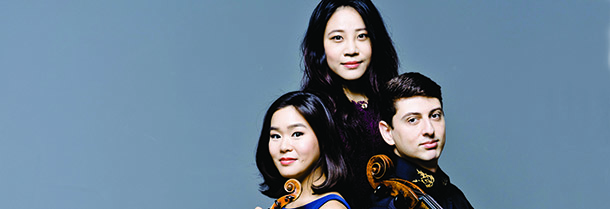Tag: Narek Hakhnazaryan
-

PROGRAM NOTES: Z.E.N. TRIO
Franz Schubert Notturno in E-flat major Op. 148 Schubert’s Adagio for Piano Trio D 897 was composed in 1827 but only published decades later, under the publisher’s title Notturno. And indeed, the opening section does conjure up images of nighttime serenity, with its heavenly texture of harp-like arpeggios in the piano supporting a hypnotic melody…
-

PROGRAM NOTES: NAREK HAKHNAZARYAN
César Franck: Sonata in A major For most of his life, Franck led a relatively quiet existence as an organist and pedagogue, emerging from obscurity as a composer only near the end of his life. His only violin sonata (which has also been arranged for numerous other instruments, notably flute, viola and cello) was created…
-

SOME THOUGHTS ON OUR UPCOMING 12-13 SEASON
Today we want to share with you a few thoughts and facts about our recently announced 2012-2013 season: UP FIRST: On October 5 András Schiff will open the 33rd season with an all-Bach program. In fact, András was one of the first artists who launched the Vancouver Recital Society in 1981. Like so many…

